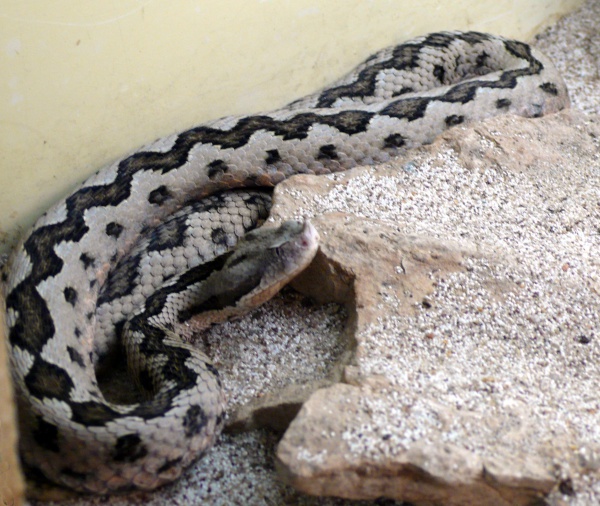Facts About Latifi's Viper
The Lataste's viper, also known as the snub-nosed viper or snub-nosed adder, is a venomous snake belonging to the Viperidae family. Scientifically named Vipera latastei, this species is native to southwestern Europe and northwestern Africa. It is named in honor of the French herpetologist Fernand Lataste.
These snakes typically reach a length of up to 72 cm (around 28 inches). They are characterized by a grey color, a triangular head, and a distinctive "horn" at the tip of their snout. Their dorsal surface features a striking zig-zag pattern, complemented by a yellow tip on their tail. They are active both during the day and night, often hiding under rocks and potentially using their yellow tail tip to lure prey.
Geographically, these vipers are found in southwestern Europe, specifically in Portugal and Spain, and in northwestern Africa, including Morocco, Algeria, and Tunisia. They thrive in moist, rocky areas, dry scrublands, woodlands, hedgerows, stone walls, and coastal dunes.
Female Lataste's vipers give birth to between two and thirteen offspring, usually once every three years. Unfortunately, their population is in decline due to habitat loss and persecution, leading to their classification as Vulnerable. Although a further population reduction is anticipated, it is unlikely to exceed 30% over the next decade. To protect these snakes, they are strictly safeguarded under the Berne Convention.

 Spain
Spain